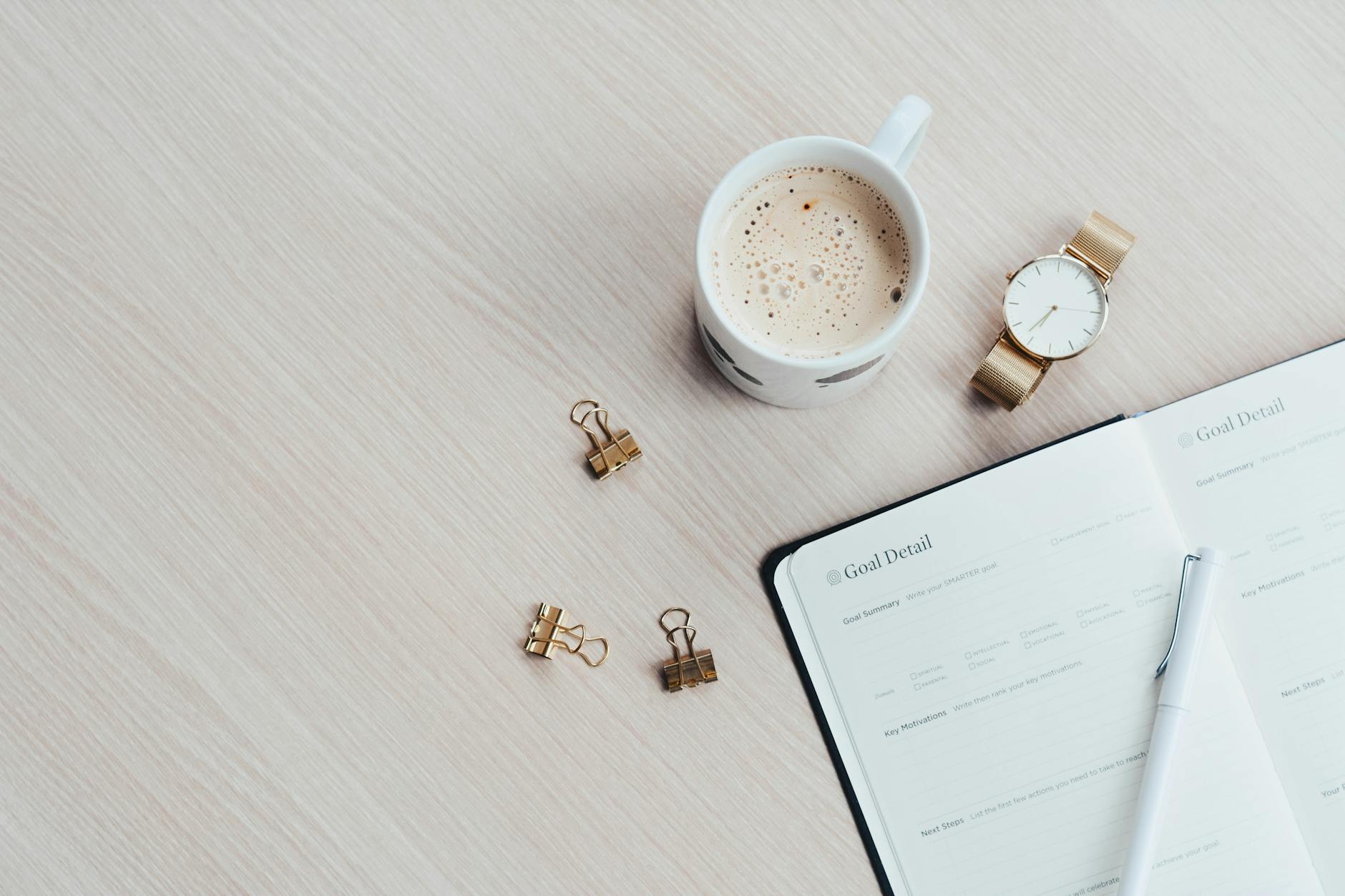What is planned breaks?

What is planned breaks?
In our fast-paced world, the concept of taking breaks might seem counterintuitive, especially when we often feel the pressure to keep pushing through our tasks. Yet, planned breaks are essential for both productivity and well-being. These intentional pauses in our work or study routine can significantly enhance our focus, creativity, and overall mental health. Let’s explore how these breaks work and why they are crucial for anyone looking to improve their performance and quality of life.
Understanding Planned Breaks
Planned breaks are deliberate interruptions that we schedule into our work or study routines. They serve various purposes, from recharging our minds to enhancing our productivity. By understanding what planned breaks are, we can harness their power for better results.
Definition of Planned Breaks
At their core, planned breaks are intentional pauses during work or study sessions. Unlike spontaneous breaks that occur when you feel fatigued, planned breaks are scheduled at strategic intervals. This approach allows you to step away from your tasks, clear your mind, and return with renewed energy and focus.
Types of Planned Breaks
Planned breaks come in various forms, each tailored to meet different needs:
-
Short Breaks: These typically last 5 to 15 minutes. They’re ideal for stretching, grabbing a quick snack, or simply stepping outside for some fresh air.
-
Extended Breaks: Longer than short breaks, these last anywhere from 30 minutes to an hour. They allow for lunch, a leisurely walk, or an engaging chat with a colleague.
-
Leisure Breaks: These breaks can occur over the weekend or after work hours. They involve activities purely for enjoyment, such as hobbies, exercise, or spending time with loved ones.
By incorporating these types of breaks into our routines, we can optimize our productivity and mental health.
Benefits of Implementing Planned Breaks
Taking planned breaks has numerous benefits that contribute positively to our mental and physical health.
Enhancing Focus and Concentration
Have you ever noticed how your mind starts to wander after long periods of focus? Taking breaks can help refresh your cognitive function. Research shows that stepping away from your tasks can lead to improved concentration and better performance when you return. Planned breaks provide your brain the time it needs to recharge. For more insights on how breaks enhance focus, check out this article from Harvard Business Review.
Reducing Stress and Preventing Burnout
In a world where stress can feel overwhelming, planned breaks act as effective stress relievers. They help prevent burnout by allowing you to disengage from demanding tasks and responsibilities. Regularly stepping away can mitigate feelings of exhaustion and anxiety, promoting a healthier work-life balance. Studies suggest that taking breaks can significantly reduce stress levels, supporting overall well-being.
Boosting Creativity and Problem-Solving Skills
Taking a break can sometimes lead to breakthroughs in creativity and problem-solving. By distancing yourself from a challenge, your mind can work subconsciously, often resulting in fresh insights. Engaging in different activities during your breaks can stimulate your brain and enhance your creative thinking. Embracing leisure activities during breaks can be particularly beneficial, as they allow your mind to wander and explore new ideas.
How to Effectively Incorporate Planned Breaks into Your Routine
Integrating planned breaks into your daily life doesn’t have to be complicated. Here are practical tips for making the most out of your breaks.
Scheduling Breaks During Work or Study
Timing is everything when it comes to taking breaks. Aim to schedule your breaks every 60 minutes or so. Short breaks of about 5-10 minutes can be effective for maintaining focus, while longer breaks should occur every few hours. This structured approach ensures you don’t overwork yourself and helps maintain high productivity levels.
Using the Pomodoro Technique
One popular method for managing breaks is the Pomodoro Technique. This technique involves working for 25 minutes and then taking a 5-minute break. After completing four cycles, take a longer break of about 15-30 minutes. This method not only enhances focus but also instills a rhythm that can make your work feel more manageable. For a detailed overview of this technique, visit FlexJobs.
Setting Personal Boundaries
Creating boundaries around your work and break times is crucial. Inform colleagues or family members about your schedule so they can support your commitment to taking breaks. Setting these boundaries ensures that you respect your time for rejuvenation and maintain a balance between work and rest.

Photo by Content Pixie
Conclusion: The Importance of Embracing Planned Breaks
Incorporating planned breaks into your daily activities can lead to significant improvements in both productivity and well-being. By enhancing focus, reducing stress, and fostering creativity, these breaks serve as invaluable tools for anyone looking to optimize their performance. So, consider scheduling those breaks—doing so could be the key to unlocking your full potential. Embrace the power of planned breaks and watch how they transform your work and life!